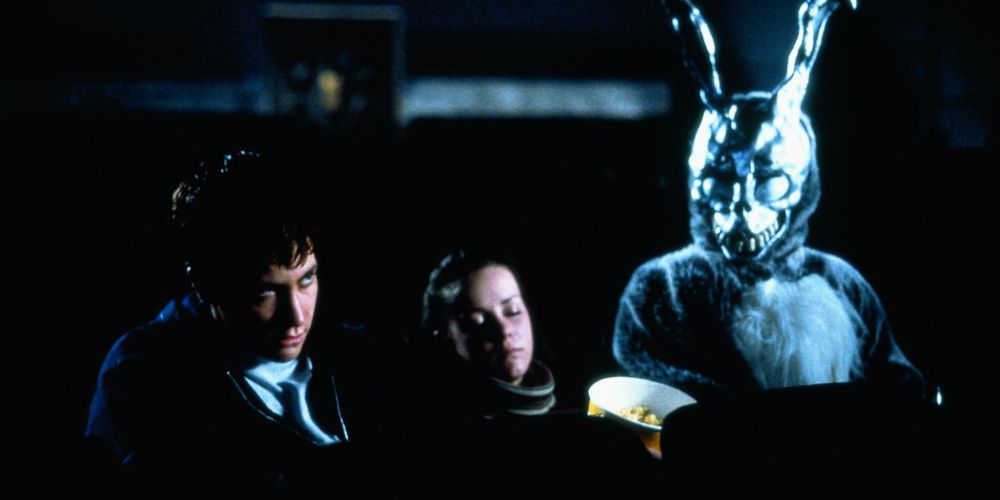How to Analyse Movies #8: Putting It Into Practice

Manon de Reeper is the founder and CEO of Film…
This is the final chapter to the How To Analyse Movies series. Here’s an overview of all chapters:
- How to Analyse Movies: The Introduction
- How to Analyse Movies: Signs, Codes & Conventions
- How to Analyse Movies: Mise-en-Scène & Editing
- How to Analyse Movies: Considering The Camera
- How to Analyse Movies: Lighting, Sound & Score
- How to Analyse Movies: Story & Genre
- How to Analyse Movies: Iconography & Realisticness
You’re probably left with the question: how the hell do I put all this information into practice? I realise it’s a lot to digest and when I was analysing film for my dissertation, I created a little “beat sheet” for myself.
Copy the following list of questions for whichever movie you want to analyse, to help keep you on track and to prevent you from becoming overwhelmed during watching. Most of this list should be answered while watching the movie. When you’re done, go back and check your answers to see if you missed anything.
[membership level=”0″]Sorry! This article is part of our Premium Content. Please subscribe to unlock our fantastic HOW TO ANALYSE MOVIES series, and thousands of other terrific articles! Go here to become a member. It’s just $25 per year.
OR, buy Film Analysis For Beginners: How To Analyse Movies on Amazon for $4.99.
Film Analysis For Beginners: How To Analyse Movies
[/membership][membership level=”3,5,6″]

Before You Start the Movie
Take notes of the following:
Name of the movie, its year of release. Director, and his/her trademarks you know of. Genre. Three of the lead actors’ names.
Importantly, write down your expectations – you’ll have expectations beforehand because marketing, reviews or even word-of-mouth have shaped them. If it’s an older movie, your expectations will have been shaped because of what you know of the era (et cetera).
While Watching the Movie
Take notes while you’re watching the movie. While it is hard to simply watch the movie and consider all the little elements and still see the bigger whole at first, it’ll get easier when you practice this more often. You’ll get attuned to it! Pause the film while you’re making notes if you’re afraid to miss something.
1. Performances
What about the performances stands out to you?
2. Direction
Is the film cohesive? How is the script visualized? Are the actors well-cast, and how is their performance, was proper direction given to them? How is it filmed? Consider all creative elements of the film
3. Story
Think of flow, construction (acts), beginning and end, moral, et cetera
4. Genre and Iconography
What elements are used to set the genre of the film?
5. Mise-en-Scène
What elements do you see in individual shots that add to the story and the overall effect to the film? What purpose and what effect do they have, how were they created? Is a certain element repeated between shots?
6. Cinematography
What shot types and camera angles are used and to what end, also consider camera movement
7. Lighting and Sound
What types of lighting are used and to what purpose; what about sound, is there a lot of diegetic sound (or not) and to what purpose?
8. Score
Does the score fit the film, what does it do for mood?
9. Editing
Think about continuity, types of cuts, and what their purpose and effect are
0. Realisticness
How is realisticness achieved?
11. Signs and Codes
Seeing these require the most practice. Signs are small elements that signify certain meaning. Codes are groups of signs which can create bigger, more significant meaning. You’ll want to keep track of signs throughout the film.
12. Conventions
Consider conventions used in the film – e.g. that what we take for “normal” in film, but may not actually be normal in reality
After Finishing the Film
Final thoughts
Make notes of your last thoughts, your feelings, how did the ending impact you, how did the filmmakers achieve this feeling? Did the film meet your expectations?
The Message
Now, after you’ve finished the movie, consider all your notes. What is the intended message of this film? What are you supposed to take away from it? How do the filmmakers achieve it?
That’s a wrap!
That’s it for the How To Analyse Movies series – I hope you’ve learned something, and enjoy watching and exploring the art of film!
[/membership]Does content like this matter to you?
Become a Member and support film journalism. Unlock access to all of Film Inquiry`s great articles. Join a community of like-minded readers who are passionate about cinema - get access to our private members Network, give back to independent filmmakers, and more.
Manon de Reeper is the founder and CEO of Film Inquiry, and a screenwriter/producer. Her directorial debut, a horror short film, is forthcoming in 2021.













